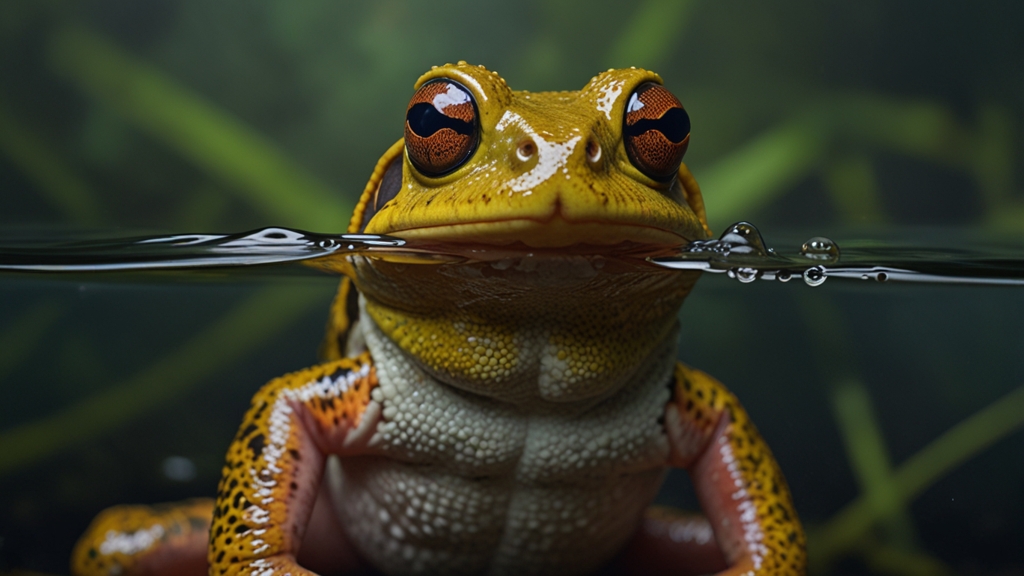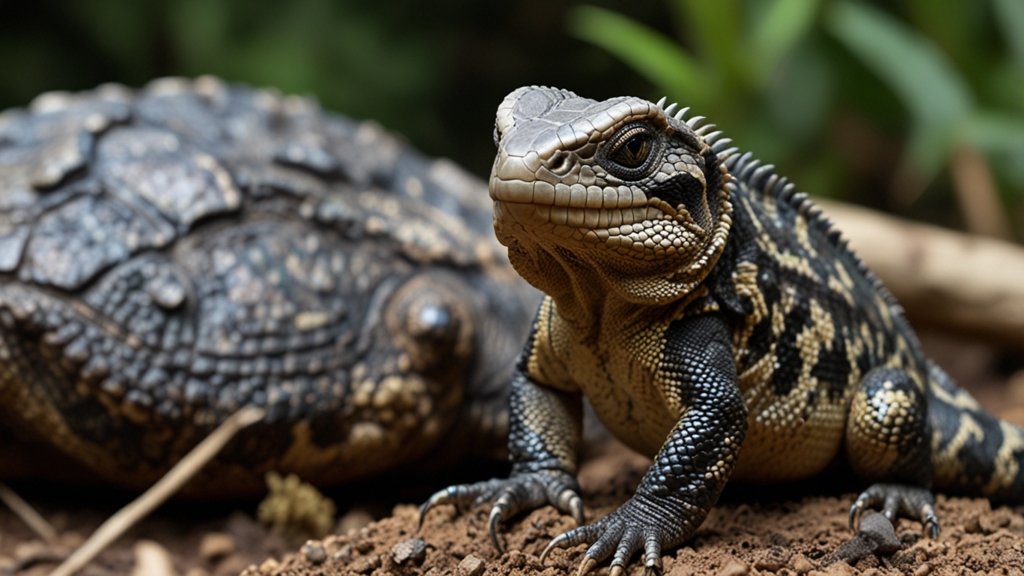A Deep Dive into the Lives of Endangered Amphibians
Amphibians, a unique and ancient group of vertebrates, are among nature's wonders. These cold-blooded animals, thriving in both aquatic and terrestrial habitats, hold critical ecological roles. Sadly, many amphibian species today face extinction threats due to factors like habitat destruction, climate change, pollution, and disease.
The Significance of Amphibians
Amphibians, which include frogs, toads, salamanders, and caecilians, play crucial roles in ecosystems worldwide. They act as both predators and prey, helping to maintain balanced ecosystems. Moreover, amphibians are vital indicators of environmental health due to their permeable skin, which easily absorbs pollutants and chemicals, making them sensitive to ecological changes.
Amphibians have been called "canaries in the coal mine" because of their ability to signal the health of their environments. A decline in their populations often signals deeper environmental issues that could eventually affect other species, including humans.
Threats to Amphibians
Several factors contribute to the declining numbers of amphibians, with habitat loss being a central concern. Deforestation, wetland drainage, and urban expansion have severely reduced their natural habitats, exposing them to harsh conditions and predators. Moreover, these changes disrupt breeding sites and food sources, leading to population drops.
Climate Change
Climate change dramatically impacts amphibians. Alterations in temperature and precipitation patterns affect their breeding, feeding, and hibernation cycles. Species relying on specific temperature ranges or moisture levels are especially vulnerable. Unseasonal conditions can also influence their reproductive success, reducing offspring survival rates.
Pollution
Pollution is another severe threat. Pesticides, heavy metals, and acid rain infiltrate water bodies and soil, poisoning amphibians. Their porous skin makes them highly susceptible to these contaminants, leading to physiological stress, immunosuppression, and even death.
Disease
Pathogens like the chytrid fungus and ranavirus have dramatically impacted amphibian populations. Chytrid fungus causes chytridiomycosis, a disease that has caused significant declines and even extinctions among amphibians globally. Ranavirus outbreaks can lead to mass die-offs, further exacerbating the decline.
The spread of infectious diseases among amphibians exemplifies the interconnectedness of wildlife health and ecosystem stability. By protecting amphibian populations, we also safeguard broader ecological integrity.
Conservation Efforts
Efforts to conserve endangered amphibians are multifaceted, involving habitat restoration, captive breeding programs, and legal protection. Rehabilitation of wetlands, forests, and other critical habitats can provide safe havens for these species to thrive.
Captive Breeding and Reintroduction
Captive breeding programs have shown promise in stabilizing population numbers. These initiatives aim to breed frogs, salamanders, and other amphibians in controlled environments, protect genetic diversity, and reintroduce them into the wild. Zoos and research institutions worldwide participate in such programs, ensuring the survival of some critically endangered species.
Legislative Measures
Legal measures play an essential role in safeguarding amphibian habitats. National and international laws, such as the Endangered Species Act in the United States and the Convention on International Trade in Endangered Species (CITES), help regulate activities that may harm these fragile populations.
Public Awareness and Education
Raising public awareness about the plight of amphibians is equally vital. Educational campaigns and community engagement can foster a sense of responsibility and encourage actions that benefit amphibian conservation, such as reducing pesticide use and supporting habitat restoration projects.
"In the end, we will conserve only what we love; we will love only what we understand; and we will understand only what we are taught." - Baba Dioum, Senegalese Forestry Engineer
Conclusion
Amphibians, as indicator species and integral parts of ecosystems, warrant significant conservation attention. Addressing threats like habitat loss, climate change, pollution, and disease is crucial for reversing their declines. Through combined efforts in habitat restoration, captive breeding, legislative actions, and education, it is possible to secure a future where amphibians continue to thrive, ensuring the health and balance of our natural world.









